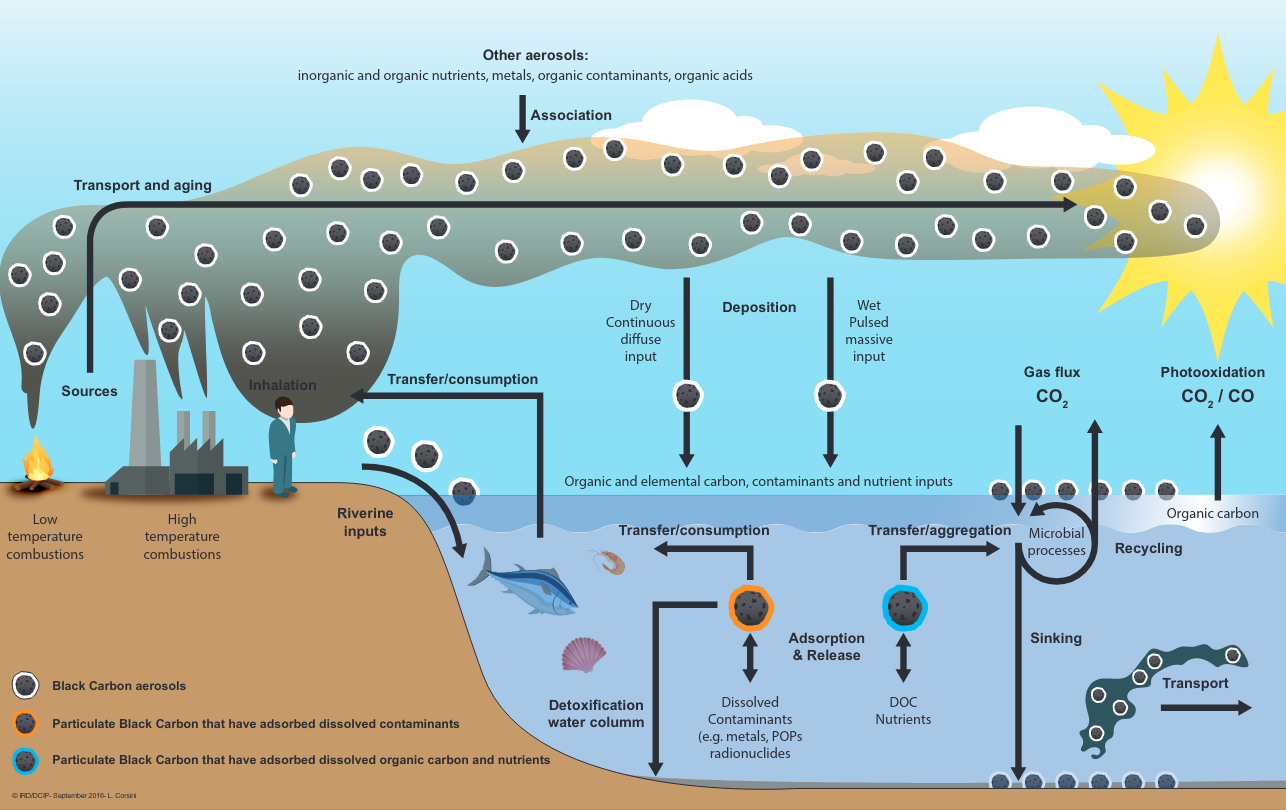Vietnam
Type of resources
Available actions
Topics
INSPIRE themes
Keywords
Contact for the resource
Provided by
Formats
Representation types
Update frequencies
status
Scale
-

The scientific objectives of the project SOOT-SEA the objectives of this study in northern Vietnam are to determine: - (1) the composition of fine particles in order to assess their health, climatic and environmental impacts, - (2) their origin, both geographical and sectoral, - (3) atmospheric deposition fluxes, - (4) fluvial fluxes of black carbon towards the ocean. Study carried out during a complete annual cycle (weekly frequency). Aerosols were sampled for 24 hours using a large volume PM2.5 collector. Samples collected on quartz filters were analyzed to determine the concentrations of: - organic carbon (OC) and - elemental carbon (EC), - organic nitrogen (ON), - metals (Hg, Al, Ti, V, Cr, Mn, Fe, Co , Ni, Cu, Zn, As, Ag, Cd, Sn, Sb, Cs, Ce, Nd, Pb, U), - Pb isotopes, - PAHs, sugars, ions, organic acids, humic-like substances (HULIS). The oxidizing potential (OP) of these particles was determined using the DTT (Dithiotreithol) method. Citation: Mari, X., Uzu, G., Jaffrezo, J.-L., Dominutti, P., Chifflet, S., Tedetti, M., Guigue, C., Guyomarc’h , L., Heimburger, L.-E., & Raimbault, P. (2017). SOOT-SEA : Impact of Black Carbon in South East Asia [Data set]. MIO UMR 7294 CNRS. https://doi.org/10.34930/858FCE6B-A882-43C0-B5D0-81E80EFA7A1C
 OSU Pytheas - Data Catalog
OSU Pytheas - Data Catalog